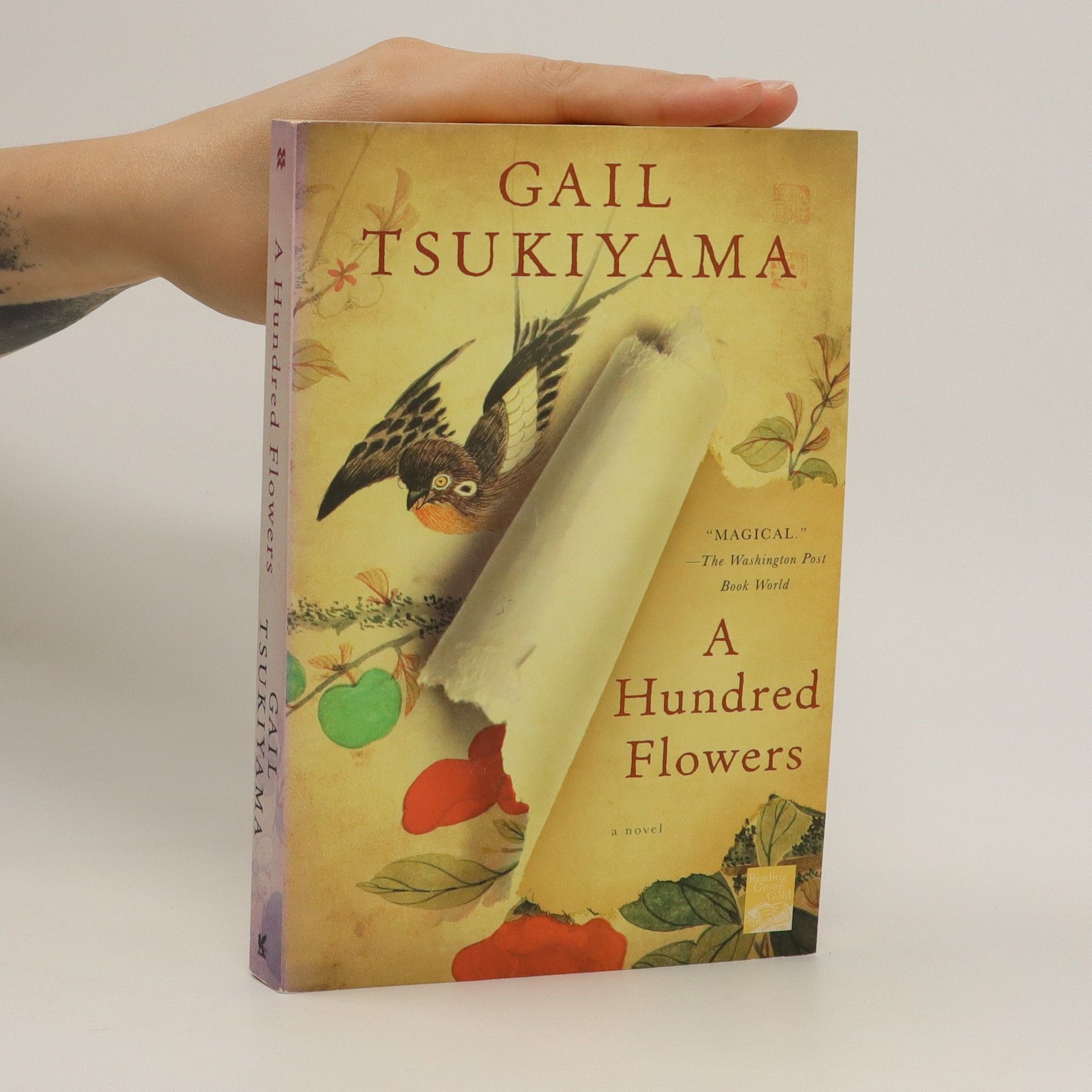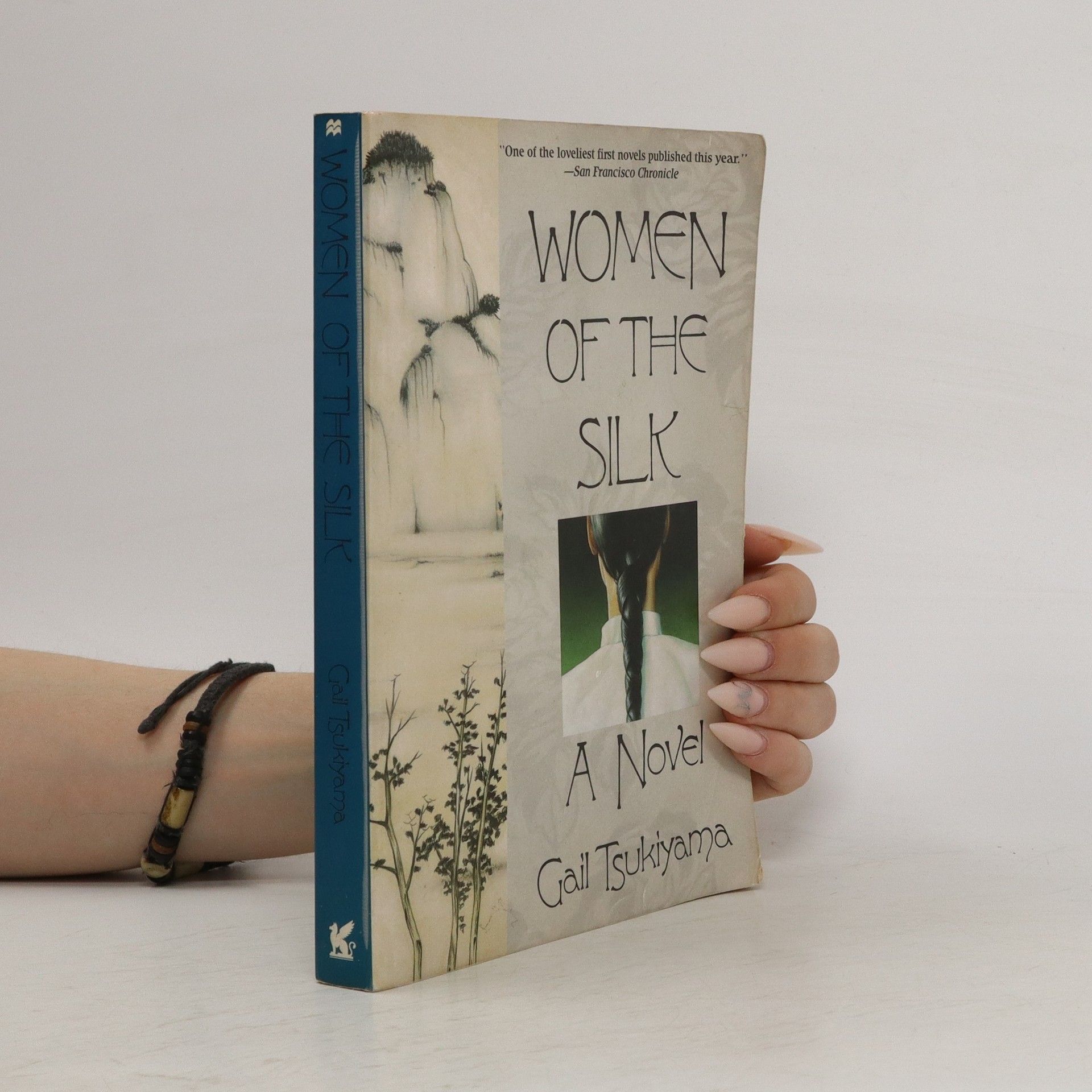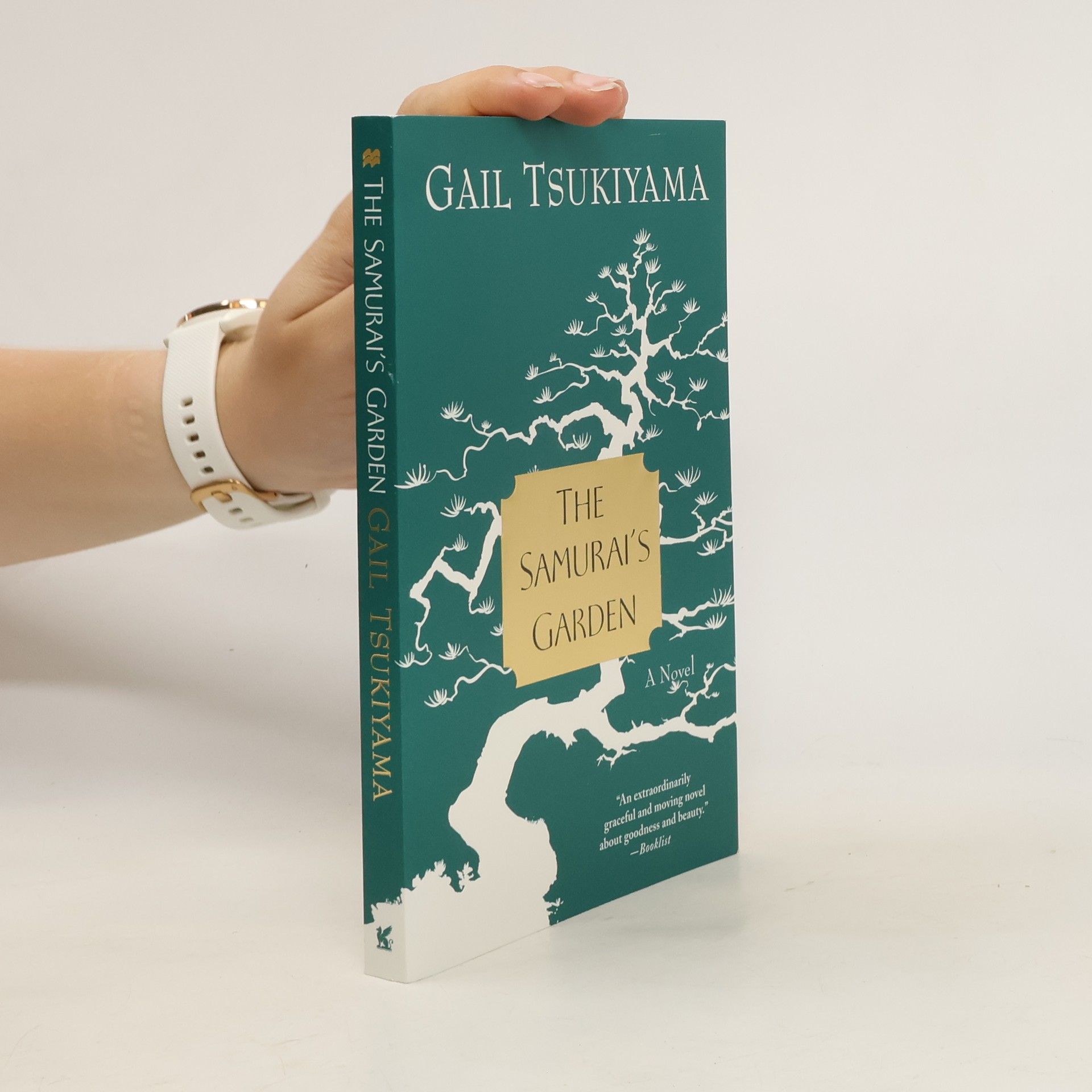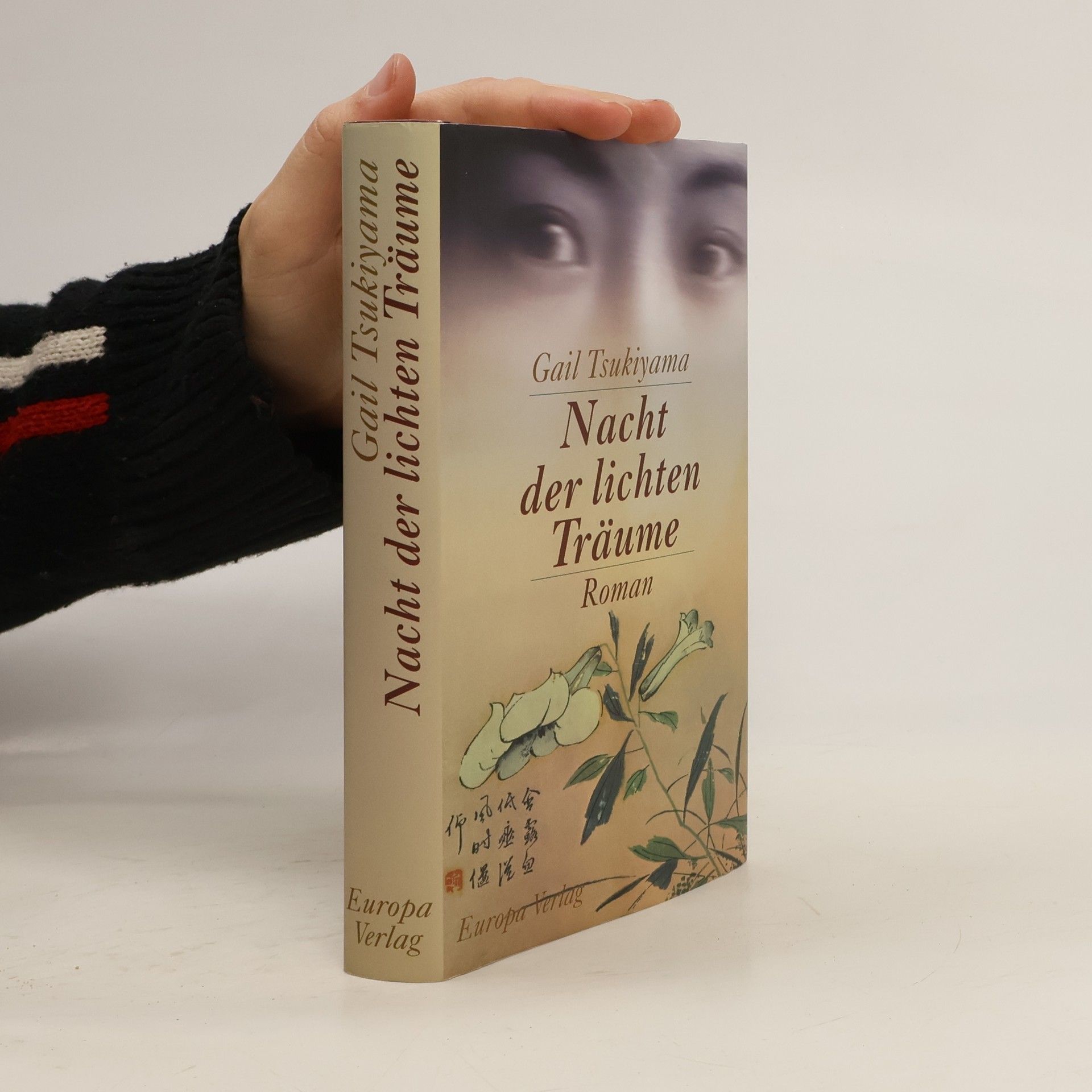A 20-year-old Chinese painter named Stephen is sent to his family's summer home in a Japanese coastal village to recover from a bout with tuberculosis. Here he is cared for by Matsu, a reticent housekeeper and a master gardener. Over the course of a remarkable year, Stephen learns Matsu's secret and gains not only physical strength, but also profound spiritual insight. Matsu is a samurai of the soul, a man devoted to doing good and finding beauty in a cruel and arbitrary world, and Stephen is a noble student, learning to appreciate Matsu's generous and nurturing way of life and to love Matsu's soul-mate, gentle Sachi, a woman afflicted with leprosy.
Gail Tsukiyama Books
Gail Tsukiyama's novels explore the intricate relationships among women and the impact of historical events on their lives. Her writing is characterized by sensitive character portrayals and lyrical prose. Tsukiyama often delves into themes of cultural identity and the search for meaning amidst challenging circumstances. Her works are cherished for their depth and emotional resonance.







Women of the silk
- 288 pages
- 11 hours of reading
Spanning the years between the world wars, this tale of a young Chinese girl forced to work in a silk factory describes the sisterhood of workers she discovers there.
The Street of a Thousand Blossoms
- 448 pages
- 16 hours of reading
It is Tokyo in 1939. On the Street of a Thousand Blossoms, two orphaned brothers dream of a future firmly rooted in tradition. The older boy, Hiroshi, shows early signs of promise at the national obsession of sumo wrestling, while Kenji is fascinated by the art of Noh theater masks. But as the ripples of war spread to their quiet neighborhood, the brothers must put their dreams on hold--and forge their own paths in a new Japan. Meanwhile, the two young daughters of a renowned sumo master find their lives increasingly intertwined with the fortunes of their father's star pupil, Hiroshi. The Street of a Thousand Blossoms is a powerfully moving masterpiece about tradition and change, loss and renewal, and love and family from a glorious storyteller at the height of her powers.
A Hundred Flowers
- 320 pages
- 12 hours of reading
Gail Tsukiyama's A Hundred Flowers is powerful novel about an ordinary family facing extraordinary times at the start of the Chinese Cultural Revolution China, 1957. Chairman Mao has declared a new openness in society: "Let a hundred flowers bloom; let a hundred schools of thought contend." Many intellectuals fear it is only a trick, and Kai Ying's husband, Sheng, a teacher, has promised not to jeopardize their safety or that of their young son, Tao. But one July morning, just before his sixth birthday, Tao watches helplessly as Sheng is dragged away for writing a letter criticizing the Communist Party and sent to a labor camp for "reeducation." A year later, still missing his father desperately, Tao climbs to the top of the hundred-year-old kapok tree in front of their home, wanting to see the mountain peaks in the distance. But Tao slips and tumbles thirty feet to the courtyard below, badly breaking his leg. As Kai Ying struggles to hold her small family together in the face of this shattering reminder of her husband's absence, other members of the household must face their own guilty secrets and strive to find peace in a world where the old sense of order is falling. Once again, Tsukiyama brings us a powerfully moving story of ordinary people facing extraordinary circumstances with grace and courage.
The Color of Air
- 320 pages
- 12 hours of reading
PARADE's Best Books to Read this Summer "A rich historical novel that illustrates why connection is more important and more vital than ever." -New York Times bestselling author Lisa See Daniel Abe, a young doctor in Chicago, is finally coming back to Hawai'i. He has his own reason for returning to his childhood home, but it is not to revisit the past, unlike his Uncle Koji. Koji lives with the memories of Daniel's mother, Mariko, the love of his life, and the scars of a life hard-lived. He can't wait to see Daniel, who he's always thought of as a son, but he knows the time has come to tell him the truth about his mother, and his father. But Daniel's arrival coincides with the awakening of the Mauna Loa volcano, and its dangerous path toward their village stirs both new and long ago passions in their community. Alternating between past and present--from the day of the volcano eruption in 1935 to decades prior--The Color of Air interweaves the stories of Daniel, Koji, and Mariko to create a rich, vibrant, bittersweet chorus that celebrates their lifelong bond to one other and to their immigrant community. As Mauna Loa threatens their lives and livelihoods, it also unearths long held secrets simmering below the surface that meld past and present, revealing a path forward for them all.
Nacht der lichten Träume
- 318 pages
- 12 hours of reading
Von Hongkong bis San Francisco von den frühen 30ern bis in die späten 60er Jahre spannt sich der Bogen dieser einfühlsam erzählten Familiengeschichte, in deren Mittelpunkt die unterschiedlichen Entwicklungen zweier japanischer Schwestern stehen. Emmy und Joan Lew erleben als Kinder, wie japanische Truppen das bunte Leben in Hongkong ersticken. Gemeinsam leiden sie unter der gesellschaftlichen Deklassierung ihres Vaters, aber auch unter der Angepaßtheit und Enttäuschungsbereitschaft ihrer Mutter, die sich immer mit der traditionellen Frauenrolle zufriedengegeben hat. §Glücklicherweise ist da noch Auntie Go, eine warmherzige, entschlußkräftige und vorurteilsfreie Frau. Mit großem Geschick vertritt sie die Interessen ihrer Nichten bei ihrer Mutter: Emma träumt davon, ihren Bildungshunger und ihr Fernweh auszuleben, und Joan, die impulsivere und hübschere der beiden, gibt die Hoffnung nicht auf, in der Filmindustrie Fuß zu fassen, die in Hongkong nach dem Zweiten Weltkrieg aufblüht.

